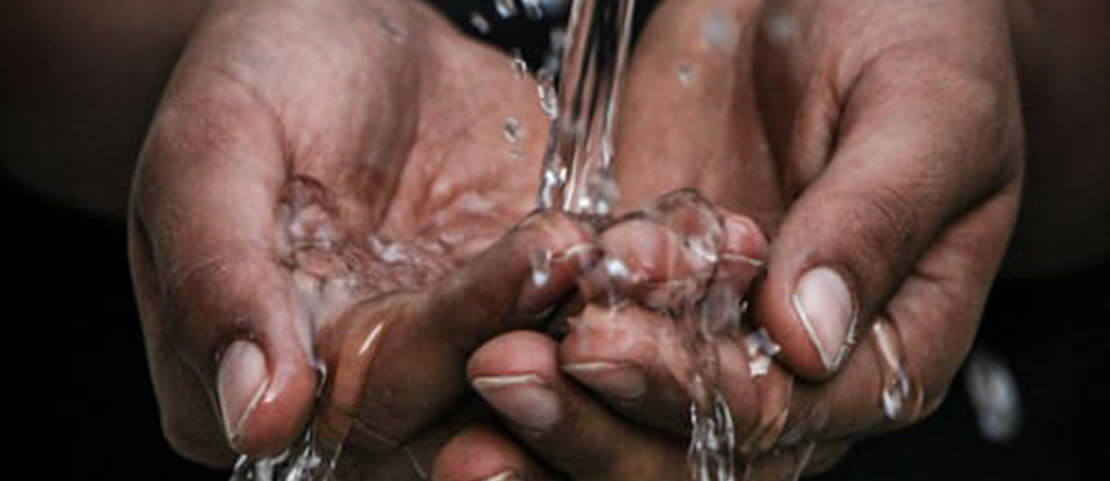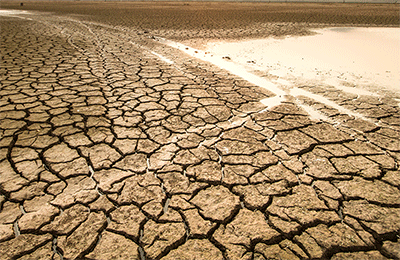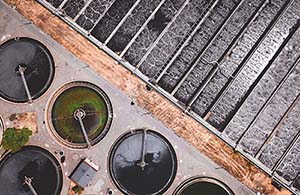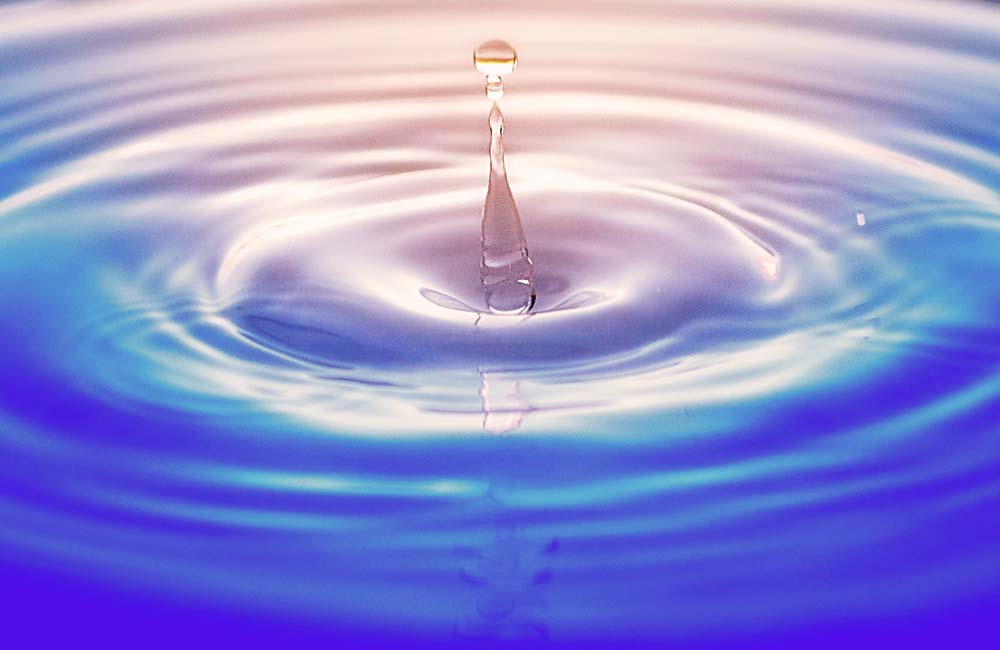

Is UV Leading the Way to Better Water Treatment?
Across the global utilities and industries are being challenged to treat water smarter. They are facing pressures to reduce their footprint, conserve energy and invest in new technology.
This is having an interesting impact on the overall water treatment process, particularly in the disinfection stage where newer and more innovative systems have been introduced.
Traditionally, chlorination has been the main disinfection solution for both drinking water and wastewater. However, due to drawbacks like toxicity, there has been increasing interest in more environmentally friendly and naturally occurring disinfection alternatives like UV and ozone.
The global Ultraviolet (UV) disinfection equipment market alone, a small sub-sector within the wider treatment market, is expected to exceed more than USD $5 billion by 2024 at a CAGR of 14%.
Ozonation is another equally viable option and, in many circumstances, you’ll find a combination of ozonation and UV systems used as part of the disinfection process.
Nevertheless, this article focuses on UV in attempt to justify this 14% growth that is expected over the next 5 years.
What is UV treatment?
UV systems play an important role in municipal and industrial water and wastewater treatment across a number of sectors including drinking water, food & beverage, pharmaceutical, healthcare, microelectronics, marine and recreational water. UV’s primary use is to inactivate microbes in a given water stream, by reducing the number of pathogenic microorganisms and chemical pollutants, through a combination of disinfection photolysis and advanced oxidation methods.
When UV disinfection is in play, the water stream will pass through a system containing a number of UV lamps. The radiation produced by these lamps alters cells in the microbes’ DNA and impedes reproduction. Unlike other treatments, UV doesn’t remove organisms from the water, but instead inactivates them.
A UV water treatment system can inactivate up to 99.99% of microorganisms, including those responsible for cholera, polio, typhoid, hepatitis and other waterborne diseases. When used in conjunction with a pre-treatment system, it removes many other inorganic contaminants. This is why its highly effective at the end of treatment where there is little blocking the UV rays.
What are the benefits?
UV is safe, environmentally friendly and doesn’t produce any harmful by-products like ozonation and chlorination can and often does.
Ozonation doesn’t typically produce by-products. However, it can produce harmful bromate when treating water with high levels of bromide. This must then be counteracted with chemical additives which can increase costs.
Chlorination also produces by-products which can be toxic when not monitored correctly and can cause irritation to the eyes and skin. By-product problems don’t occur with UV, giving it a one-up on other disinfection treatment rivals.
A second advantage to UV ozone is that energy required to power UV lamps is significantly lower than the generators used in ozonation, which can account for up to 90% of the energy consumption for an ozone disinfection system.
In comparison to the outdated, but still widely adopted, chlorination techniques, UV is a notably quicker process with much faster reactions times with water continually flowing through a given system, rather than being held in a holding tank. There is also the argument that UV conserves resources, which can be a problem with chlorination and of increasing importance as demand for water increases.
Challenges?
Although there are many advantages to using UV, there are obvious reasons why ozonation and chlorination systems are also commonly used. UV systems do face certain challenges.
UV light is only able to treat microorganisms and doesn’t remove any other contaminants like heavy metals, salts or man-made contaminants. UV systems are also only effective if the water being treated is clear. If the UV light is blocked and can’t reach the microorganisms, it can’t treat the water as effectively. If you have issues with other contaminants, UV light must be used in tandem with filtration techniques to further remove contaminants. Particularly with wastewater applications, pre-treatment solutions are essential.
On top of this, UV may not inactivate Giardia or Cryptosporidium entirely. So, its use is limited to groundwater systems that are not directly influenced by surface water, where there is virtually no risk of protozoan cyst contamination.
Due to these limitations and for general safety, manufacturers of UV systems face strict regulation, as do all equipment/system manufacturers, particularly those used for potable (drinkable) water applications, these regulations vary from country to country and can be disruptive.
Finally, the initial investment required for a new UV instillation are high, especially when compared to the low-cost chlorination alternative. Chlorine remains the disinfectant of choice where investment is difficult because it is efficient, economical and easy to use. However, it is also important to consider UV’s low operating costs. Most systems only need an annual bulb change and occasional filter change. Which in the long run, often means that they pay for themselves over a number of years.
Despite these challenges, market leaders continue to see the value in UV. Just recently, Evoqua acquired UK based ATG UV adding to their already impressive disinfection product offering which already includes the likes of Neptune Benson, Delta UV and ETS-UV. While, other major players in the market like Trojan Technologies, Xylem, Suez and Halma’s Hanovia, which includes Berson and Aquionics, all boast impressive UV portfolios that cover a range of applications.
Of course, all this doesn’t necessarily mean that we’ll see the market turn on its head with chlorination and all other the disinfection methods completely forgotten. However, it's clear that the future is bright for UV and technology companies with these portfolios stand to profit.
Recommended.

How do we Solve our Global Crisis of Water Scarcity?
To discuss solutions to the global water scarcity challenge I invited experts Nick Bognanno, Chandra Mysore, and Sabine Stuiver to join me on a live webinar, as part of our ‘Future of Smart Cities’ series. Click to read more.

How to Build a Smart Water Network.
There’s no disputing that the introduction of smart water networks is moving from nice-to-have to must-have to futureproof our environmentally conscious cities. I invited leaders in the space to discuss the future of smart water.

How Waterproof is Industry 4.0?
Industry 4.0 is the new industrial revolution. The digitalisation of systems to optimise production processes as a result of integrating collaborative technologies. But what does it really mean for water?

How to Build a Smart Water Network.
What impact will smart cities have on the future of the water industry? And how do we go about creating smart water networks for these cities? Click to find out from our webinar.
Comments.